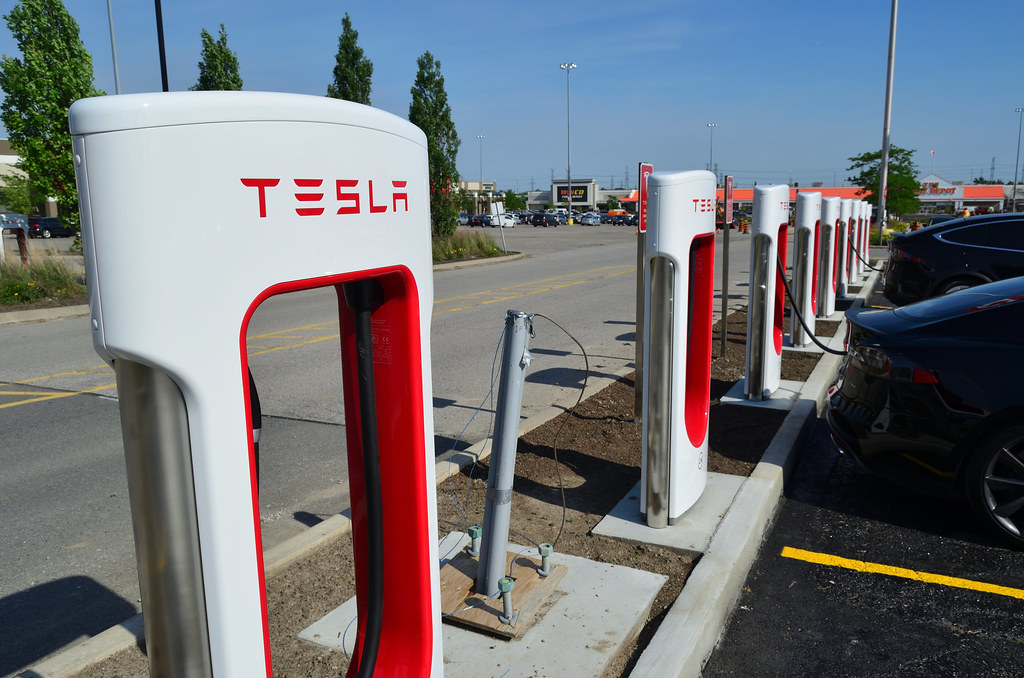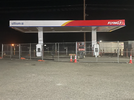This is literally the same question as this existing large thread:

 teslamotorsclub.com
teslamotorsclub.com
I'm going to ask for a merge.
Will Tesla Buildup Superchargers to Accommodate Anticipated Demand from Ford, GM, Rivian, and whoever else, Adopting NACS circa 2024/2025?
With the recent news of Ford, GM, Rivian - and presumably others - moving to adopt Tesla's NACS plug and therefore be able to use the SuperCharger network (that is presumably v3 SuperChargers) starting circa 2024/2025, what's your best guess as to what impacts, if any, this will have on Tesla...
I'm going to ask for a merge.



